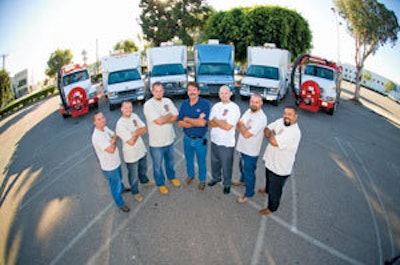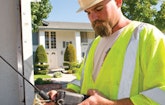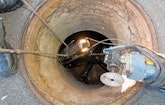When it comes to competing in a major market, few do it better than Jeff Cravens, owner of Morr-Is Tested, with offices in Yorba Linda, Calif.
Perched smack in the middle of the densest population in the state, the company provides water and sewer line services for Los Angeles...











